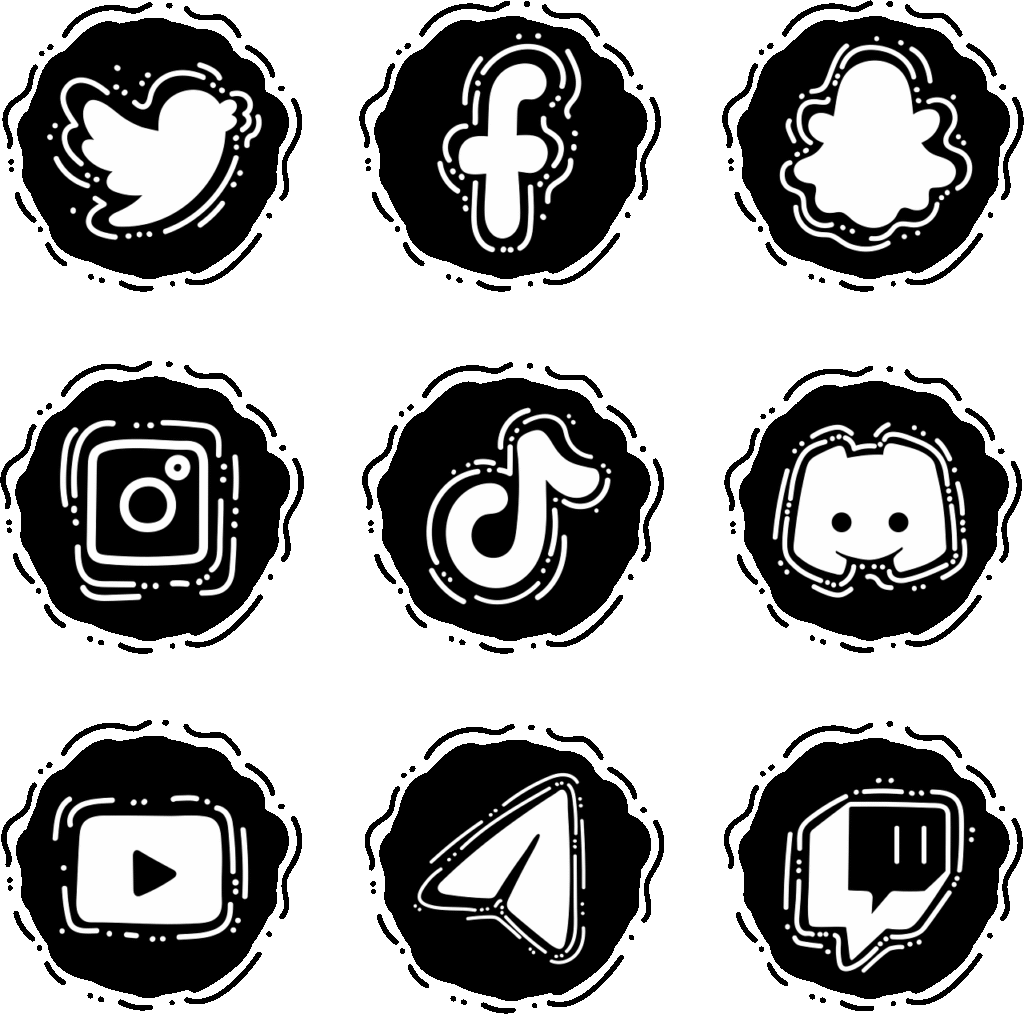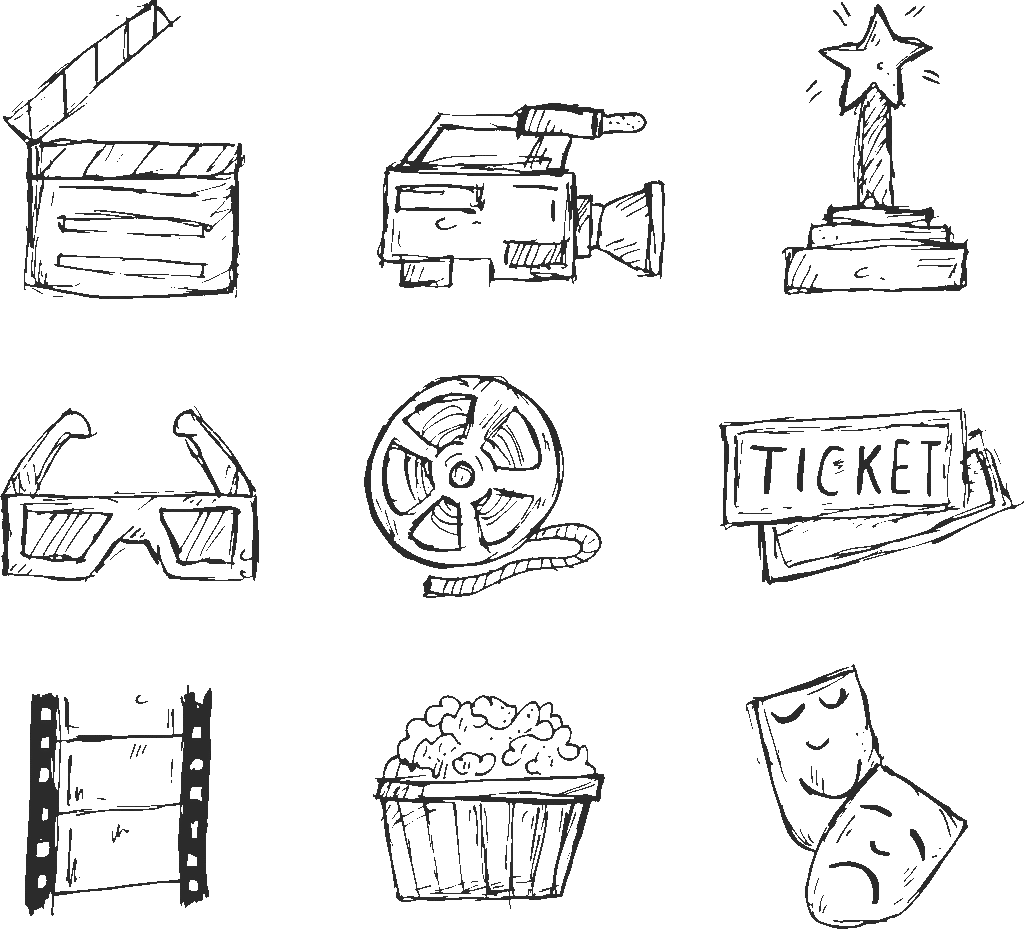Lisa Dush’s article, “When Writing Becomes Content”, outlines the changing landscape of the modern world, particularly how changes to the way writing is published and consumed are changing how writers have to think about their writing—their “content”. That being said, Dush takes a very pessimistic view of what she dubs “writing-as-content” and the challenges writers face in the digital sphere that I don’t feel is fair.

For the purposes of her article, Dush defines content as “conditional, computable, networked, and commodified” (174). While this narrow definition draws attention to the changing world modern writers are facing, I think a broader definition of content can make this changing industry less intimidating. For example, Merriam-Webster defines “content” as “the events, physical detail, and information in a work of art.” This definition literally includes the word “art” which directly contradicts the attitude Dush portrays of writing-as-content replacing writing-as-art. Neither of these definitions are inherently wrong, and I think understanding both of them provides a better grasp on how the word “content” is used across the professional world today. Yes, content is a commodity for individuals and companies, but that doesn’t mean it can’t also be art. Dush argues, “The materials and associations that come with writing also do not naturally lead to questions or critical frameworks appropriate to a computable, networked, and commodified digital writing environment” (181). This perspective may be true for someone who did not begin their writing career in the digital space, but the associations that come with writing are changing with the professional world. Writers—at least those looking to get published or make careers out of their writing—have always had to consider marketability and how to reach their desired audience. In the digital age, this might mean inserting a few key words to grab the attention of an algorithm, making sure your article fits into desktop and mobile device formatting, or using pictures or other multimodal elements to grab the attention of potential readers, but appeals to marketability apply in other forms of writing as well. For example, screenwriters and film producers have to limit profanity if they want to avoid an R-rating, allowing the film to reach a wider (and younger) audience. Context has always been a part of the writing process, and the introduction of new contexts to the world of professional writing may change exactly how writers go about utilizing and handling context, it doesn’t change the necessity to do so at all.

That being said, Dush—though perhaps cynical at times—has the right idea. In a job market that relies so heavily on such new technologies, writers have to be prepared for more than writing. At least those who want to thrive in a competitive market. Dush provides this example: “in networked space, a video or a tweet is judged not on whether it communicates very useful information (its use value), but rather on the number of clicks and retweets it accumulates (its exchange value, rendered as ad revenue or brand reach)” (178). Perhaps there is a personal or moral obligation on the part of the writer to convey meaning, to say something of value, but writing is a commodity that makes more money when it is seen by more people. Companies, even individuals in the right circumstance, value exposure, and great writers will be able to accomplish both of these things.
I have been critical of Dush’s less-than-hopeful outlook towards the future of professional writing. Maybe this is the result of over-optimism on my part, but I do believe that there will always be some people, though hopefully many, that value good writing for the sake of good writing. I believe that I live in a world where I can share my art to some degree of mild success. Despite my optimism, I agree with Dush’s overall message: “The real danger is in ignoring content: if content has indeed changed the rhetorical game, composers who ignore it risk failing in their rhetorical attempts, and a field that ignores it risks marginalization and missed opportunities for growth” (183). When I was younger, I didn’t see writing as a career path, but that changed about three years ago. Ever since then, I have been hyper-aware of marketing myself in the publishing industry and in the job market. I can craft the most beautiful prose, but if I’m not telling a story people care about, it won’t matter. I can have the most revolutionary story of our generation floating around in my head, but if I can’t form a compelling sentence, it won’t matter. Likewise, understanding content, the internet, and modern tools for success are integral to success in today’s world of professional writing.
I understand that writing for the sake of content will often take some sacrifices. I think of bending to fit the trend cycle, using buzzwords, avoiding trigger words, and adapting faster than I can snap my fingers as rungs on the ladder to success. But once you get a voice on the internet, once you have a stable audience, you can stop making some of these sacrifices. People enjoy vulnerability in art. They enjoy new ideas and creative methods of expression, and the prevalence of “content” is not going to change that—we just have to adapt and find our audience.
Works Cited
Dush, Lisa. When Writing Becomes Content, Dec. 2015, writeprofessionally.org/content-manage/files/2017/11/CCC0672When.pdf.
“Content Definition & Meaning.” Merriam-Webster, Merriam-Webster, www.merriam-webster.com/dictionary/content. Accessed 8 Sept. 2025.
“Film Ratings.” Motion Picture Association, 23 Sept. 2024, www.motionpictures.org/film-ratings/.
